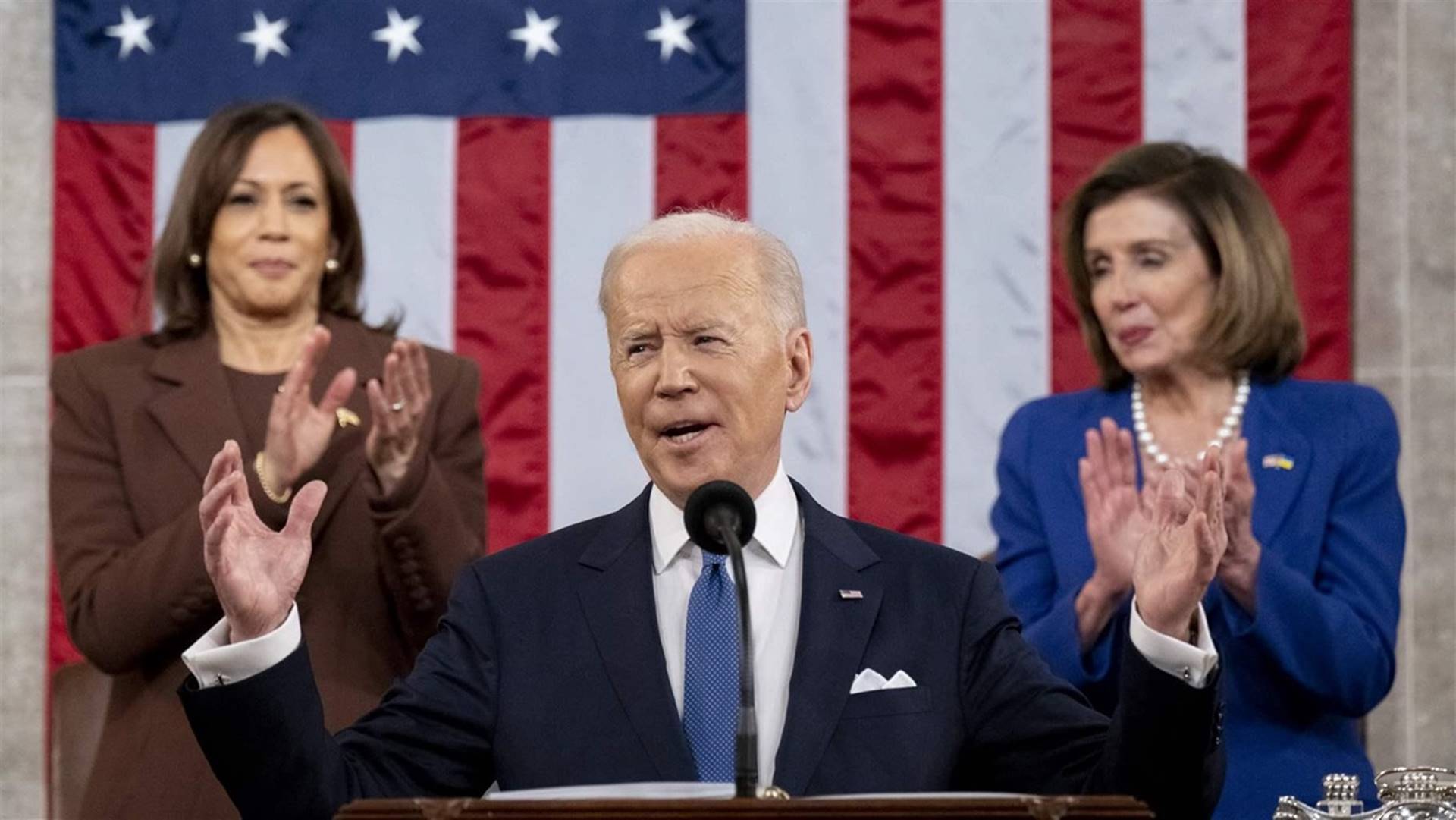The Internet for All initiative is funded by the $1 trillion Bipartisan Infrastructure Law

The Biden administration has formally started its $45 billion effort to bring affordable and reliable high-speed broadband internet access to everyone in the US by 2030.
The Internet for All funding is part of the $65 billion earmarked for broadband in the $1 trillion Bipartisan Infrastructure Law. Starting today, states and other entities can apply for funding from three Internet for All programs.
“In the 21st century, you simply cannot participate in the economy if you don’t have access to reliable, affordable high-speed internet,”
Related Articles:
- Biden boosts fuel-economy standards to fight climate change
- Biden aims to cut bureaucratic runaround for gov’t services
- Joseph Biden Test-Drives New Truck to Promote Electric Vehicles
Commerce Secretary Gina Raimondo, who is overseeing the distribution of the funds, said. “Thanks to President Biden’s Bipartisan Infrastructure Law, Americans across the country will no longer be held back by a lack of high-speed internet access.
We are going to ensure every American will have access to technologies that allow them to attend class, start a small business, visit with their doctor and participate in the modern economy.”
States could use the funding to install fiber-optic cables, put more Wi-Fi networks in place, or even offer some people free broadband internet access.
The launch of the program follows news earlier this week that the Biden administration has teamed up with 20 providers to offer subsidized internet service to low-income households.
Most of the Internet for All funding will be available from the Broadband Equity, Access, and Deployment (BEAD) Program.
States and other territories will need to file a letter of intent and a budget for planning funds. They’ll then receive $5 million in planning funds to help them put together a five-year plan detailing how they’ll provide comprehensive internet access to all residents.
Each state that takes part in the program will receive at least $100 million from the BEAD pot of $42.5 billion. After that, funding allocations will be decided in part based on updated broadband coverage maps that the Federal Communications Commission is expected to release this fall.
Under the $1 billion Enabling Middle Mile Broadband Infrastructure Program, funding will be allocated based on a “technology-neutral, competitive basis” to build, buy or improve infrastructure elements that carry “large amounts of data at high speeds over long distances.”
The $1.5 billion State Digital Equity Planning Grant Program, that’s designed to bolster the adoption and use of the internet with the help of digital literacy training.
Napomena o autorskim pravima: Dozvoljeno preuzimanje sadržaja isključivo uz navođenje linka prema stranici našeg portala sa koje je sadržaj preuzet. Stavovi izraženi u ovom tekstu autorovi su i ne odražavaju nužno uredničku politiku The Balkantimes Press.
Copyright Notice: It is allowed to download the content only by providing a link to the page of our portal from which the content was downloaded. The views expressed in this text are those of the authors and do not necessarily reflect the editorial policies of The Balkantimes Press.
